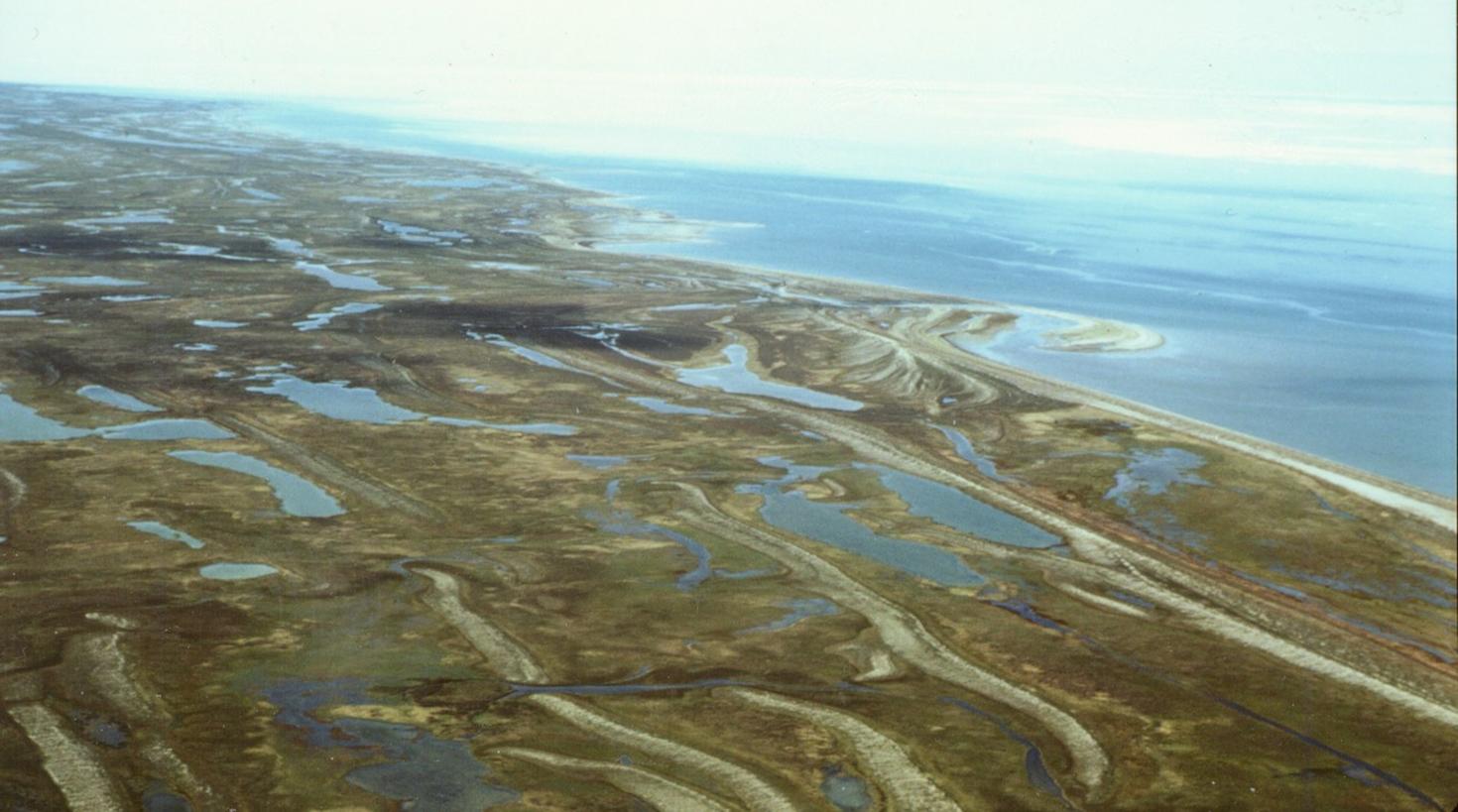These findings from a new Tulane University-led study published in Nature Geoscience - co-authored by Professor Glenn Milne, Department of Earth and Environmental Sciences at the University of Ottawa, with colleagues at Memorial University, Maynooth University and the University of South Florida - reveal that North American ice sheets, particularly the Laurentide Ice Sheet that once covered Canada, were the dominant contributors to global sea-level rise between 9,000 and 7,000 years ago, challenging long-held assumptions that Antarctica played the leading role.
Reassessing deglacial history
“This research shows that previous work has significantly underestimated the amount of ice melt from the Laurentide Ice Sheet during this period,” says Professor Milne. “Importantly, we found that this large melt did not disrupt ocean circulation in the North Atlantic (i.e., the Gulf Stream), suggesting that this aspect of the climate system is more resilient than previously thought.”
The study combined fieldwork in southern Louisiana in a palaeoenvironment where preserved marsh sediments were carbon-dated to reconstruct past sea level changes. These new data were included in a global compilation of sea-level records.
Professor Milne led the geophysical modelling component, using advanced computer simulations that he developed to determine which ice sheets contributed to the observed, global sea-level rise.

“This research shows that previous work has significantly underestimated the amount of ice melt from the Laurentide Ice Sheet during this period”
Glenn Milne
— Professor, Department of Earth and Environmental Sciences at the University of Ottawa
The past informs the future
These findings offer crucial insights into how ice sheets respond to climate warming and what that means for future sea-level rise.
“Our work underscores the complexity of the climate system,” Professor Milne adds. “With better data and models, we continue to refine our understanding of how Earth’s environment has evolved, and how it may respond to human-driven climate change in the future.”
The study Sea-level rise at the end of the last deglaciation dominated by North American ice sheetswas published in Nature Geoscience on October 9, 2025.
